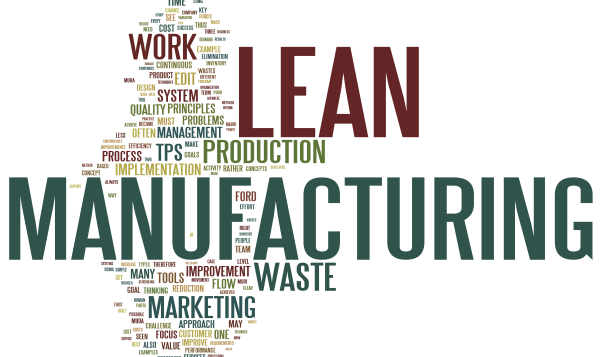The Concept of Quality in ISO 9001
Quality can be defined as “fitness for use,” “customer satisfaction,” “doing things right the first time,” or “zero defects.” Webster’s dictionary defines quality as “a degree of excellence” and “superiority in kind”.
Within an organization, quality is controlled and measured using a quality system – a mechanism that coordinates and maintains the activities of the organization needed to ensure that the characteristics of products, processes or services are within certain bounds. A proper quality system considers all interested parties – everyone directly or indirectly affected by these activities and is typically documented in a quality manual. The quality manual dictates the associated processes and documents that specify procedures and standards to achieve and maintain quality of goods, services and outputs of the company.
Basic Elements in a Quality System
There are three basic elements in a quality system: Quality Management, Quality Control, and Quality Assurance.
- Quality Management being the means of implementing and carrying out the quality policy.
- Quality Control being all the techniques and activities of an organization that continuously monitor and improve the conformance of products, processes or services to specifications.
- Quality Assurance being all the planned and systematic actions necessary to assure that a product or service will satisfy the specified requirements.
As stated in an ANSI/ASQ standard: “Quality control has to do with making quality what it should be, and quality assurance has to do with making sure quality is what it should be.”
Quality Audits
How can an organization determine if their Quality System is effective? This is done through a quality audit – an independent assessment comparing the various management and quality activities to a specific standard.
An independent assessment implies that the person performing the audit is not associated with the activity being audited. In the past, the specific standard to which a quality system was compared was up to the business owners themselves. Be it customer satisfaction, internal approval or whatever was deemed acceptable to leave the factory. It wasn’t until 1987 that an ISO technical committee developed and published the ISO 9000 family of standards – quality standards that set the benchmark for the minimum requirements for an adequate quality system. – Source
What are Quality Standards?
Quality Standards can be defined as “documents that provide requirements, specifications, guidelines, or characteristics that can be used consistently to ensure that materials, products, processes, and services are fit for their purpose”. – Source
Using standards, an organization can effectively share their goals, processes, procedures, and vocabulary needed to meet the expectations of their stakeholders. Standards provide organizations with an effective road map for the understanding, procedures, and vocabulary needed to meet the expectations of their stakeholders. Because standards provide descriptions and terminology, they allow for ease in international communication and help increase trust between international consumers, suppliers and trade.
One specific standard that is most well known and attributed to Quality is ISO 9001.
ISO 9001 is the internationally recognized QMS standard that was designed as a business improvement tool to help organizations of any size continually improve and streamline operations, reduce operating costs, satisfy more customers and win more business.
Read more from ISO Update:
ISO 9001 helps organizations from the ground up, working to standardize their processes effectively to work towards the end goal of providing exceptional outputs to their customers. Your whole system should work in a way that it constantly measures and checks that you are working in such a way as to produce the highest quality output. This is not simply in measuring the weight or using the right material, but this also encompasses your hiring process, your training methods, and your day to day activities. ISO 9001 sets up the framework for how you can properly measure, monitor and improve your processes in such a way that sets you up for success in the short and long term. ISO 9001 is an internationally recognized and trusted standard, often required to do business internationally.
Want to learn more about ISO 9001? Are you considering certification? Ask an expert:





